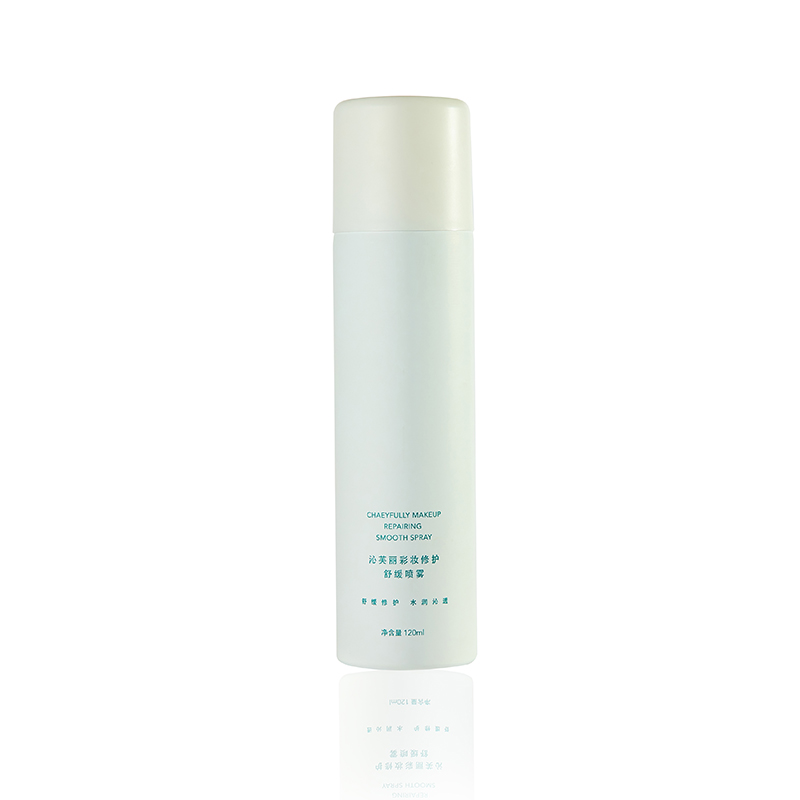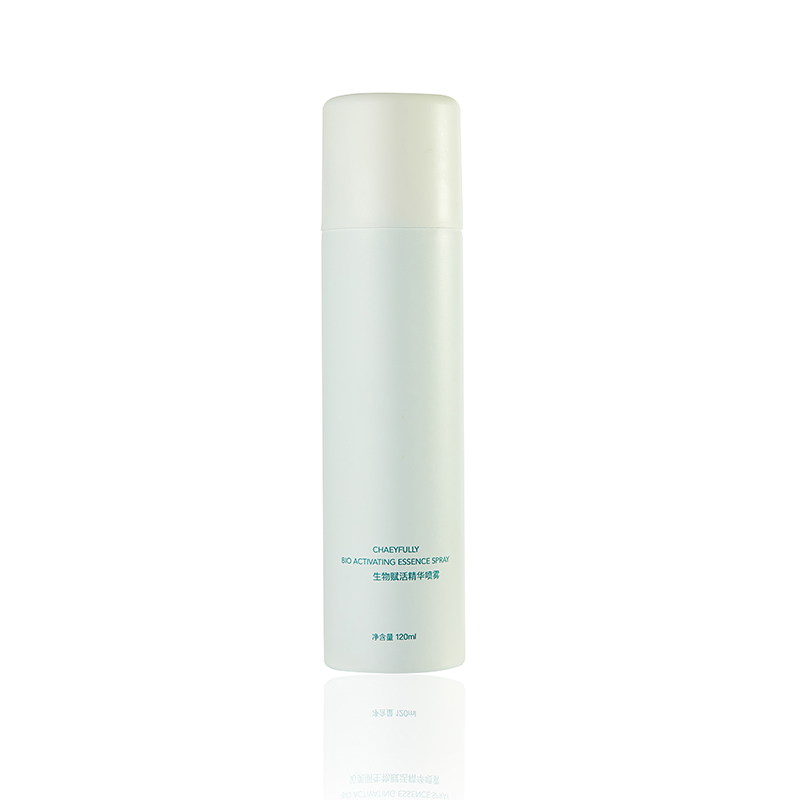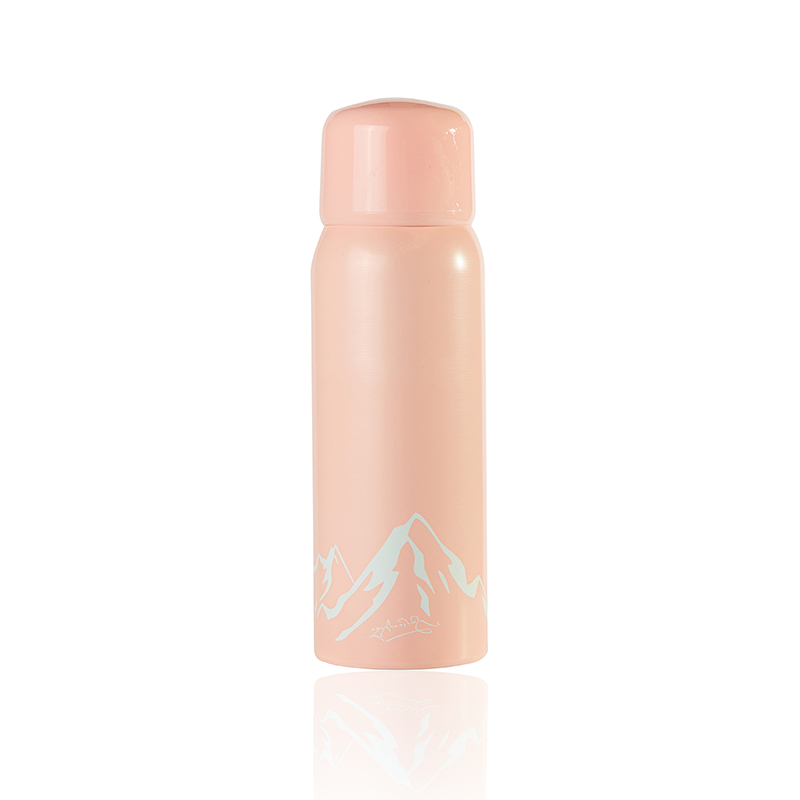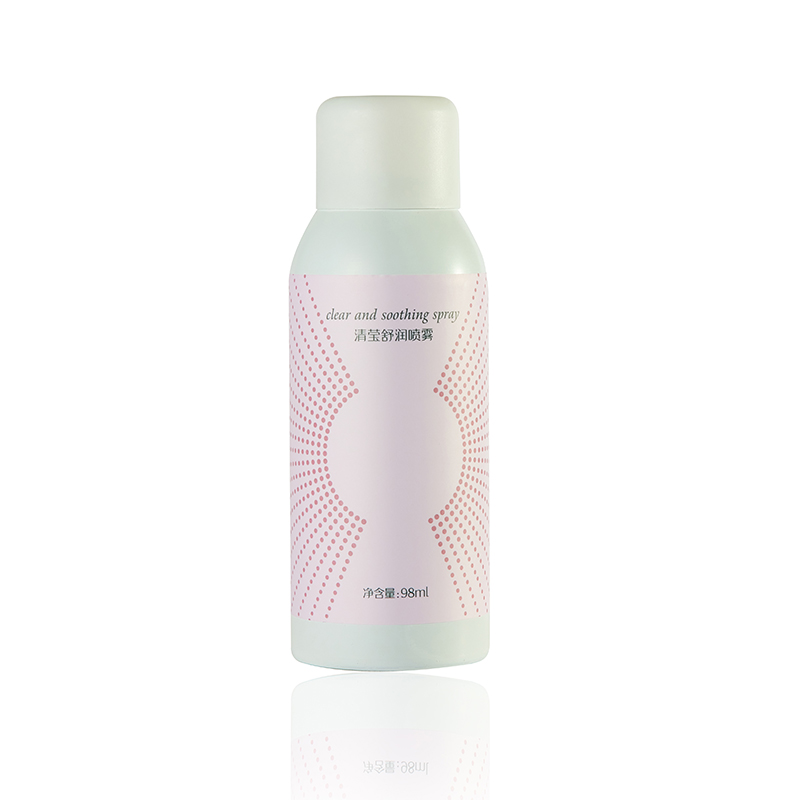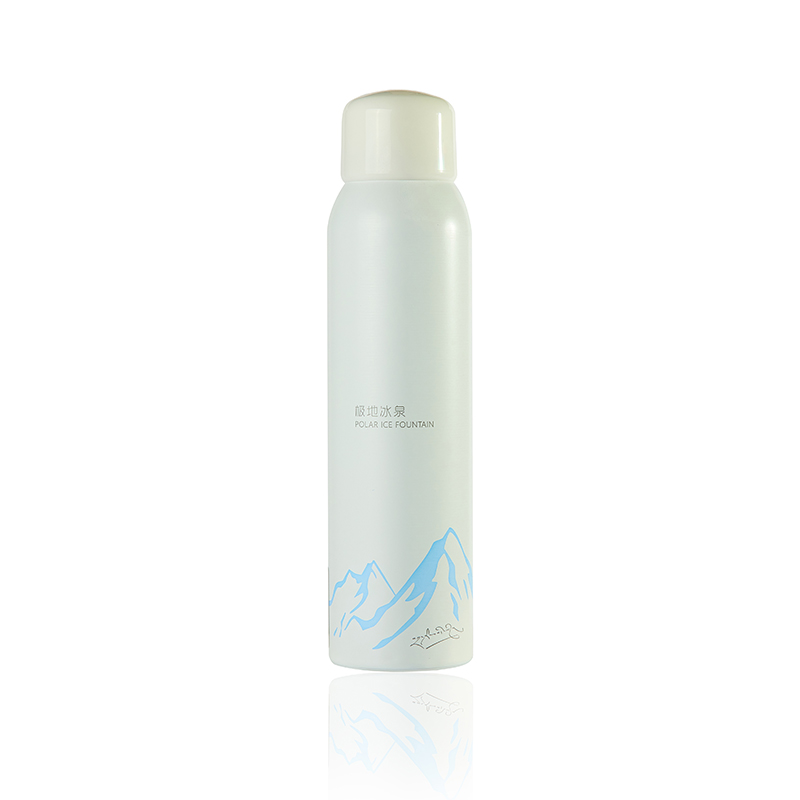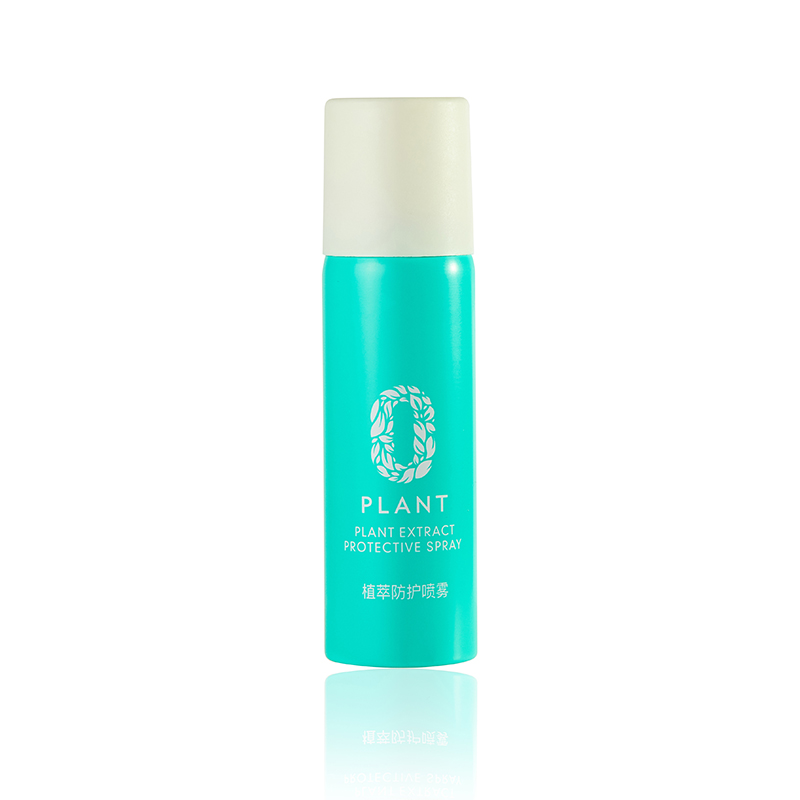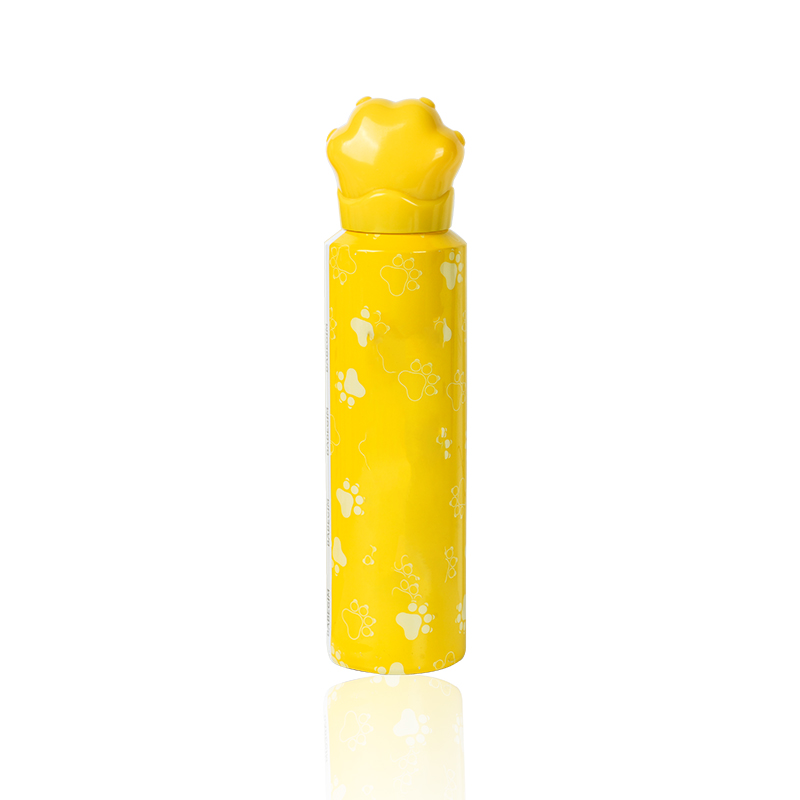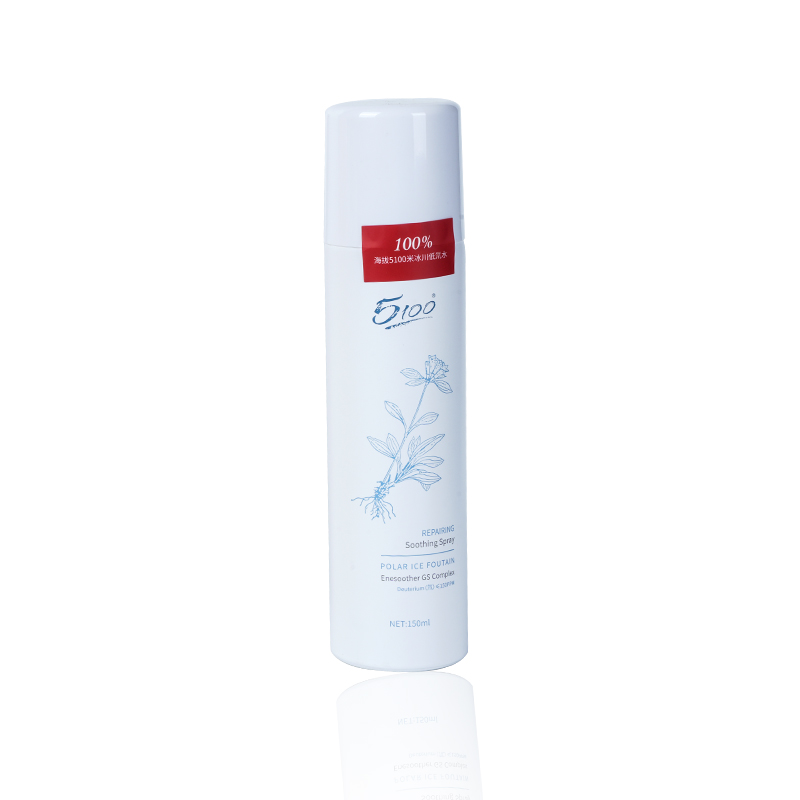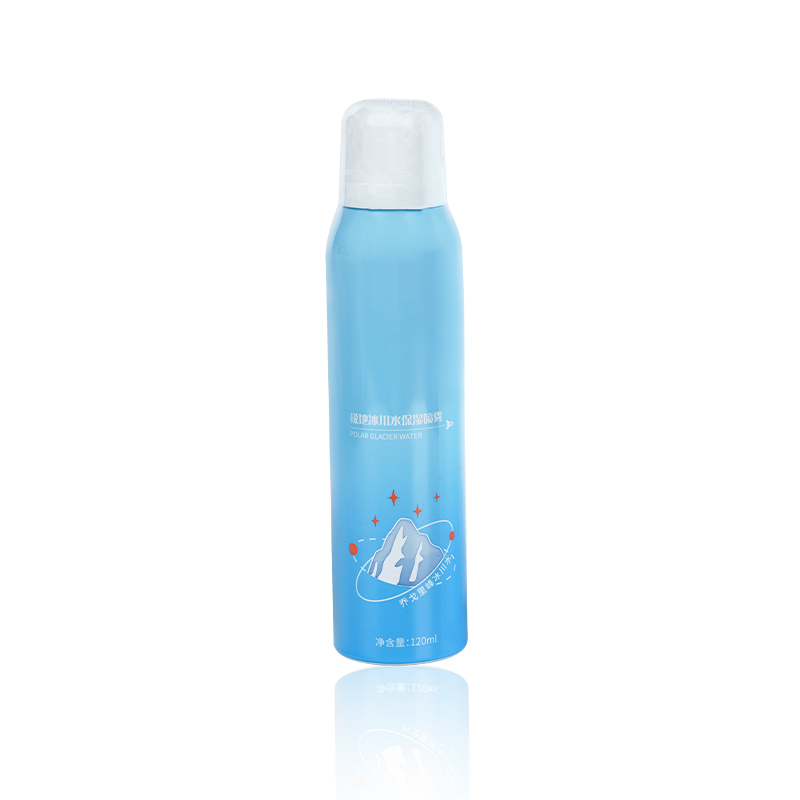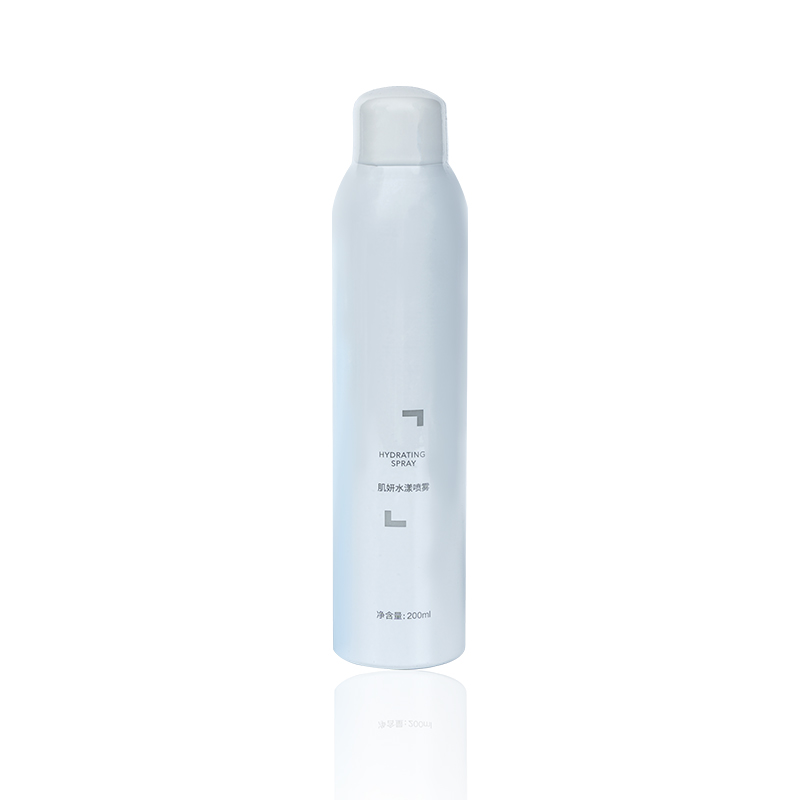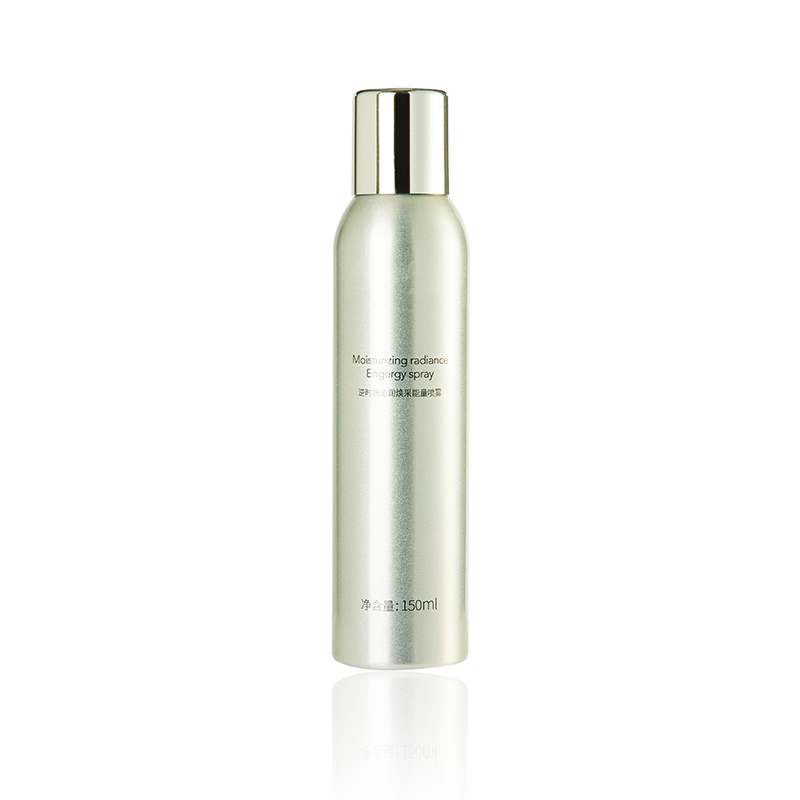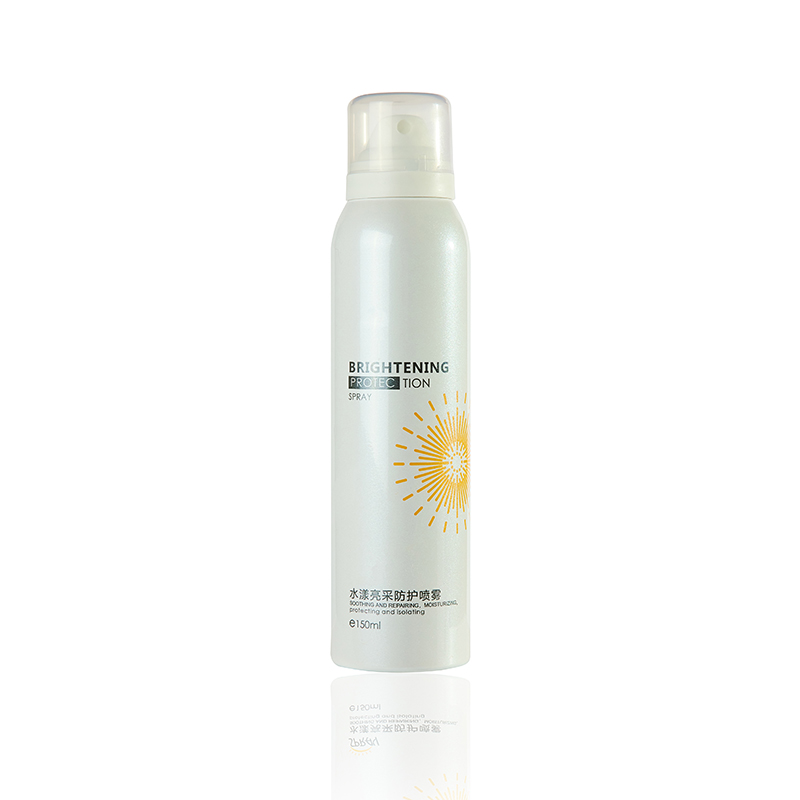The effectiveness of a facial mask isn't only determined by what's in the formula—it's also deeply influenced by the substrate material that carries the actives. In recent years, material innovation in the facial mask industry has become a silent game-changer, especially for brands looking to differentiate in an increasingly competitive B2B market. For manufacturers, suppliers, and exporters alike, understanding the performance characteristics of different substrates such as hydrogel, bio-cellulose, and non-woven fabrics is critical to tailoring products to client expectations and regional market needs.
Hydrogel substrates, for instance, are gaining traction in the premium skincare segment thanks to their high moisture content and cooling sensation. Their gel-like texture adheres tightly to facial contours, creating an occlusive barrier that promotes deeper penetration of active ingredients. Unlike traditional non-woven fabric masks, hydrogel masks dissolve gradually as they release essence, offering a unique consumer experience while improving ingredient absorption efficiency. This makes them particularly attractive for formulas that target intense hydration or post-treatment calming—ideal for cosmetic clinics or high-end beauty retailers.
Bio-cellulose, on the other hand, is often considered the gold standard of facial mask materials. Derived from fermented coconut water or plant-based sugars, this ultra-fine, skin-hugging fiber provides exceptional adhesion and breathability. What sets it apart is its ability to hold several times its weight in liquid while maintaining a soft, second-skin feel. For manufacturers developing facial masks with anti-aging or brightening ingredients, bio-cellulose allows for a controlled, sustained release of actives without causing irritation, making it highly suitable for sensitive skin or long-wear applications.
Non-woven fabric masks remain the workhorse of the sheet mask world due to their cost-effectiveness and adaptability. They can be easily customized in thickness, texture, and shape, and they serve as a practical base for a wide variety of formulations. However, they typically offer lower adherence compared to hydrogel or bio-cellulose, which may reduce the efficacy of certain actives that benefit from extended contact with the skin. That said, non-woven masks remain the go-to choice for large-volume, everyday skincare lines where affordability and flexibility are top priorities.
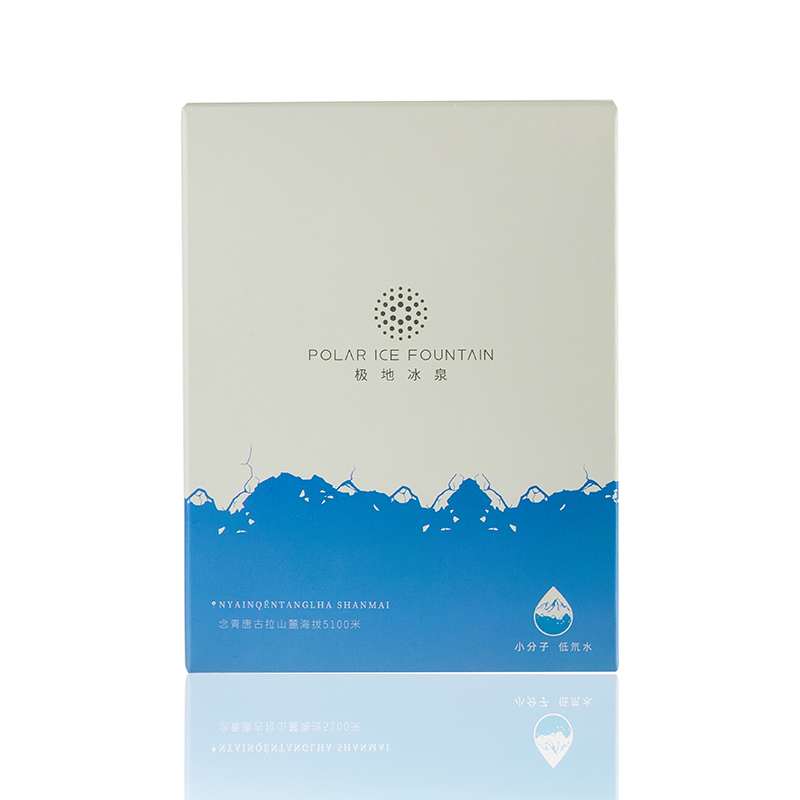
From a manufacturing standpoint, the selection of facial mask substrate must align with both formula chemistry and target market positioning. For example, formulas rich in botanical extracts and humectants may pair better with bio-cellulose due to its stability and biocompatibility, while fast-absorbing hydration formulas could benefit from the fast-release behavior of hydrogel. As suppliers, we often guide clients on how the physical properties of the base material—such as tensile strength, porosity, and serum retention—impact user satisfaction and performance claims.
Customization also plays a pivotal role. Whether it’s shaping the facial mask to fit different facial structures, embedding micro-perforations for breathability, or pre-printing brand designs on non-woven materials, substrate selection is no longer a simple packaging decision—it's a product development strategy. For exporters dealing with diverse regulatory environments and climatic conditions, substrate flexibility can be the key to market adaptability and long-term brand growth. Choosing the right material not only supports product differentiation but can also reduce compliance risks in various global markets.
Ultimately, the material behind the facial mask is not just a carrier—it's a core part of its effectiveness and user experience. At our manufacturing facility, we've invested years in substrate research and international sourcing partnerships to ensure we can provide our B2B clients with tailored solutions that align with their branding, technical, and commercial goals. Whether you're launching a specialized facial mask line or expanding an existing portfolio, understanding the role of hydrogel, bio-cellulose, and non-woven substrates gives you a strategic edge in both product development and market positioning.

 English
English русский
русский Español
Español